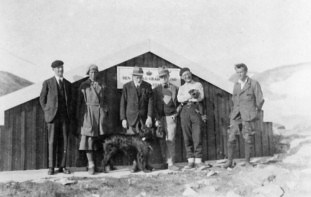Physics teaching could be made more interesting and relevant to school students by relating it to Earth Science, according to Chris King and Peter Kennett of the Education Department at the University of Keele in the UK. King and Kennett have analysed the physics curriculum for 11-16 year olds and identified areas, such as electricity and magnetism, that could benefit from being taught in this context (C King and P Kennett Physics Education 37 467).
King and Kennett, who are members of the Earth Science Teachers’ Association (ESTA) say that there is a clear need for better Earth Science teaching and that it should be linked to the traditional science disciplines of physics, biology and chemistry. The Earth provides a variety of contexts for teaching because it helps students, particularly girls, relate physics concepts to the ‘real world’ around them.
The Institute of Physics, the Royal Society of Chemistry and the Institute of Biology plan to work with the ESTA in the Joint Earth Science Education Initiative (JESEI). The JESEI material is still being written but the main areas that could benefit from using Earth Science in their teaching include:
Electricity and magnetism – teaching circuits and magnetic fields using the Earth’s magnetic field and remanent magnetization preserved in rocks.
Forces and motion – teaching mass and weight, friction, force and pressure using the Earth’s gravitational field, earthquakes, oceans, the atmosphere and lithosphere.
Light and sound – teaching reflection using albedo effects on temperature.
Waves – teaching reflection and refraction, the electromagnetic spectrum and energy transfer, sound and ultrasound using coastal and seismic waves and the greenhouse effect.
Radioactivity – teaching radiation sources and ‘half-life’ using the dangers of radon, radioactive heat energy in the Earth and half-life simulation.
The review refers to the National Curriculum for Science in England but can easily be adapted for many countries around the world say King and Kennett.



